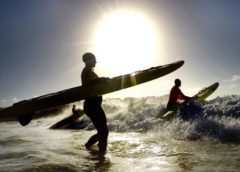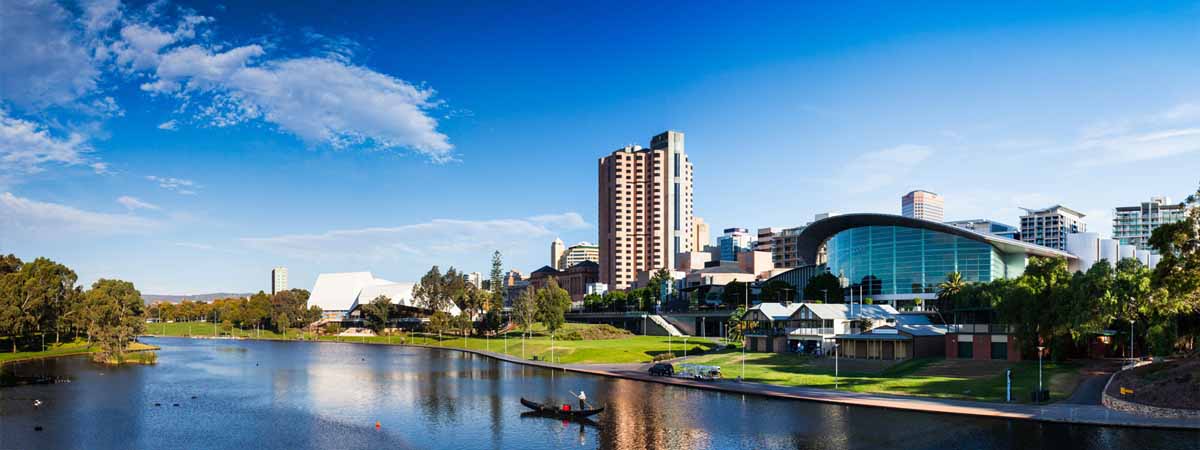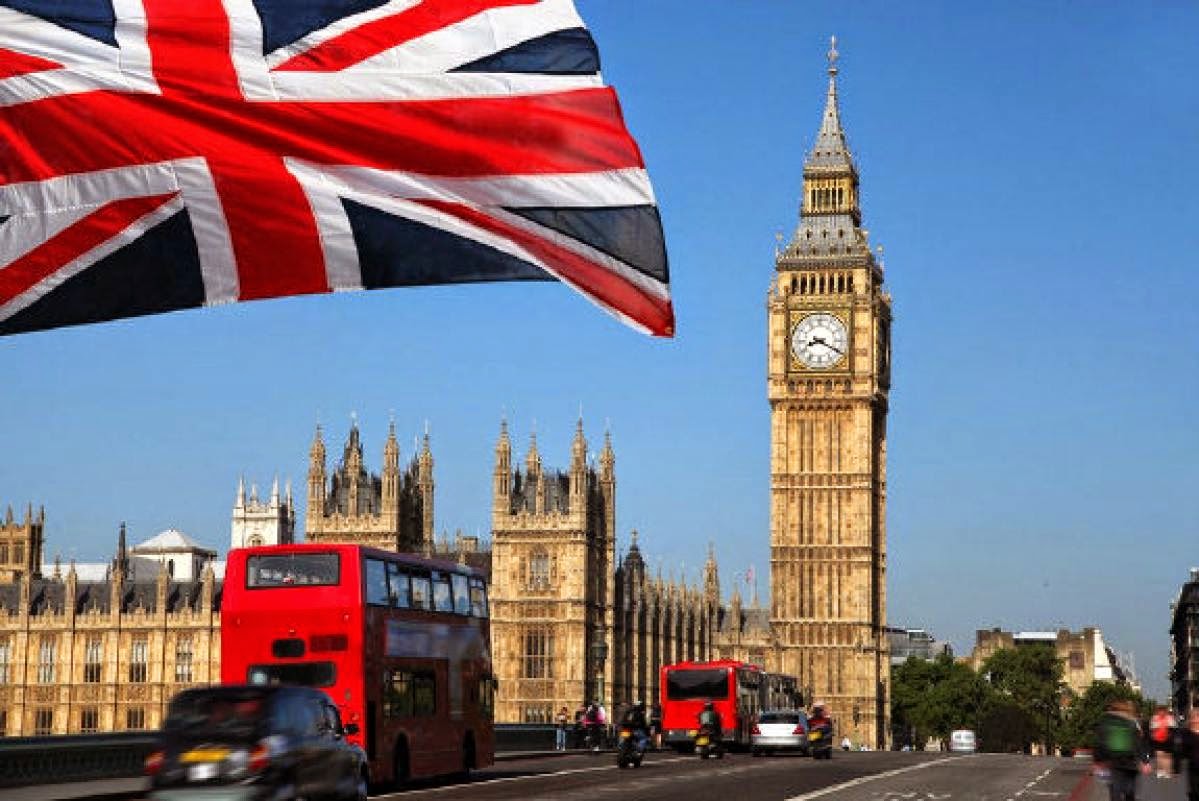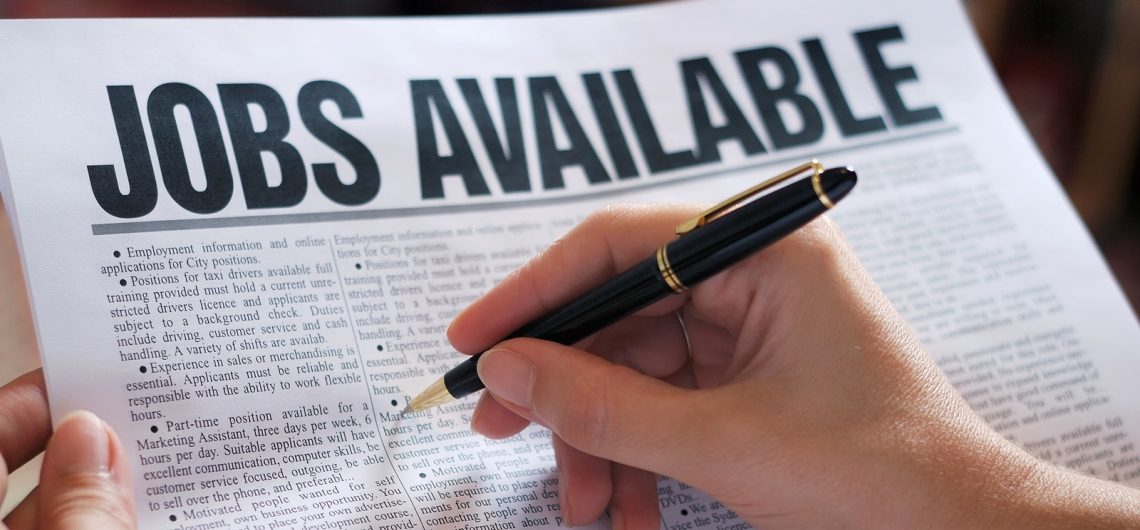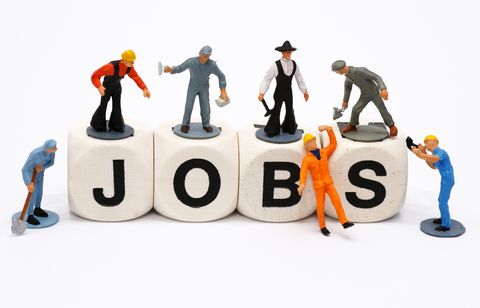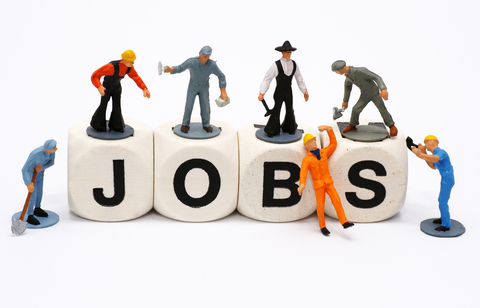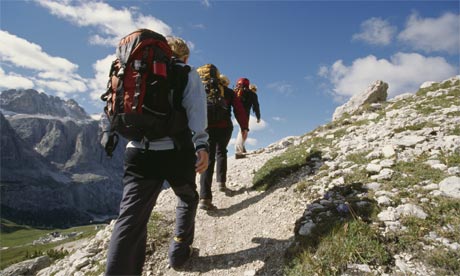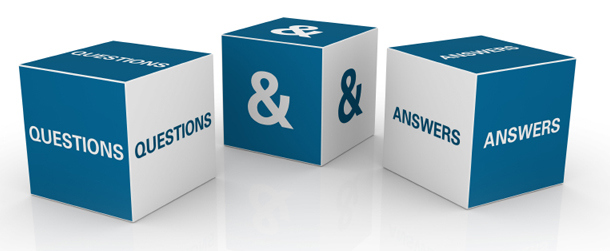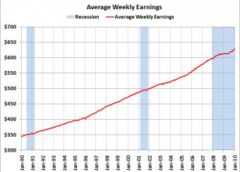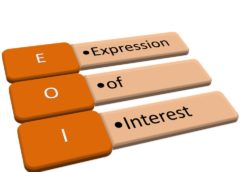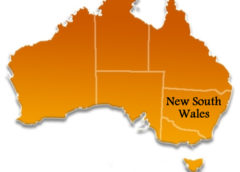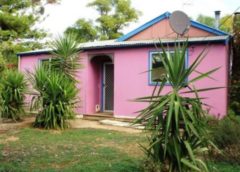Southeastern Australia will swelter through a two-day blast of summer, with temperatures in the high 30s in three states.
A top of 38C is forecast for Sydney today, with 34C in Adelaide and Melbourne.
“Pretty much right through the southeastern states … there will be generally hot and dry northwesterly winds,” Bureau of Meteorology forecaster John Turnbull said. “The heat is coming ahead of a trough that’s moving across the Bight, in combination with a high in the Tasman Sea, which is pushing warm northerly winds over the southeast.”

The bureau predicts low-intensity heatwave conditions over eastern NSW and towards the Queensland border. Areas on the NSW south coast could experience severe heatwave conditions.
The heat is expected to bring drier conditions, with humidity set to reach just 20 per cent inland and 40 per cent in coastal areas.
Mr Turnbull warned that hot winds often contribute to a higher risk of fire, but said conditions and temperatures were expected to ease on Thursday.
The northwestern areas of the country, including Karratha and Broome, are set to endure a longer period of scorching conditions, with temperatures of up to 45C expected throughout the week.
“Heatwaves have a greater impact than most people think. They are often referred to as a silent killer,” said Jai O’Toole, Red Cross emergency services manager in South Australia.
“Most people don’t know that more Australians have died as a result of heatwaves than from other weather emergencies, including floods, bushfires and cyclones.”
The Red Cross is urging people to drink water regularly (avoiding drinks that dehydrate, such as alcohol and coffee), eat little and often, stay indoors as much as possible, ensure sufficient air circulation and keep an eye out for the vulnerable.
“We strongly advise people to check in on their neighbours and people who might be at more risk of heat-related illness,” said Mr O’Toole.
“Typically this is elderly people, children, people on certain medications and people with pre-existing medical conditions, especially if they have mobility issues and can’t easily escape the heat.”






